FAQs
- HOME
- FAQs
FAQs
Regular Questions
- Frequent visits to the ER or hospital admissions.
- The decline in everyday activities, including sleeping, washing, exercising or using the bathroom.
- An increase in falls.
- Changes to their mental abilities.
- Weight loss progressive.
- Tears of the skin, diseases, and other health signs.
If you see these symptoms and ask when it’s time to contact the hospice, it may be time now. In order to be able to access hospice care, your loved one must be diagnosed with a terminal illness of fewer than six months to live if the condition takes its normal course. When a loved one survives after this six-month period, they will continue to obtain hospice treatment as long as a specialist recertifies their eligibility.
If your loved one’s condition improves whilst in hospice care or if they prefer to take healing therapies over comfort care, they can discontinue hospice care at any point and consider other choices. Your loved one may regain hospice care at a later date if their condition declines.
Anyone should ask about Hospice Services. You or your loved one should contact a nearby hospital to inquire about treatment. Hospice workers will then call the physician to decide if a hospice referral is necessary. Another way to ask about the hospice is to speak to the psychiatrist, and he or she will be referring to the hospice.
Usually, treatment is able to begin within a day or two of your referral. However, service can begin earlier in emergency situations. Hospice will begin as soon as the Home nurse visits to make sure that you follow the Hospice guidelines. The Home Nurse will also review the services provided by the Hospice and sign the appropriate consent papers to continue treatment.
Once the corporate office is shut down, hospice care is available 24 hours a day, seven days a week. Many hospices have caregivers ready in minutes, if necessary, to answer a call for help. There are chaplains, home nurse, and social workers in some hospice services. What is the role of the hospice to console the patient? As the disease grows, many people may feel pain and other severe symptoms. Hospice workers are trained in all kinds of physical and emotional symptoms which cause pain, discomfort, and anxiety.
Since it is a big aspect of the hospice to keep the patient happy and pain-free, many hospice services have created a way to assess how easy the patient is when in hospice. Hospice personnel collaborates with the patient’s physicians to ensure that medicine, rehabilitation, and recovery are meant to meet the aims outlined in the care plan for patients. The treatment schedule is also revised so that all improvements and new priorities are reflected in the plan.
